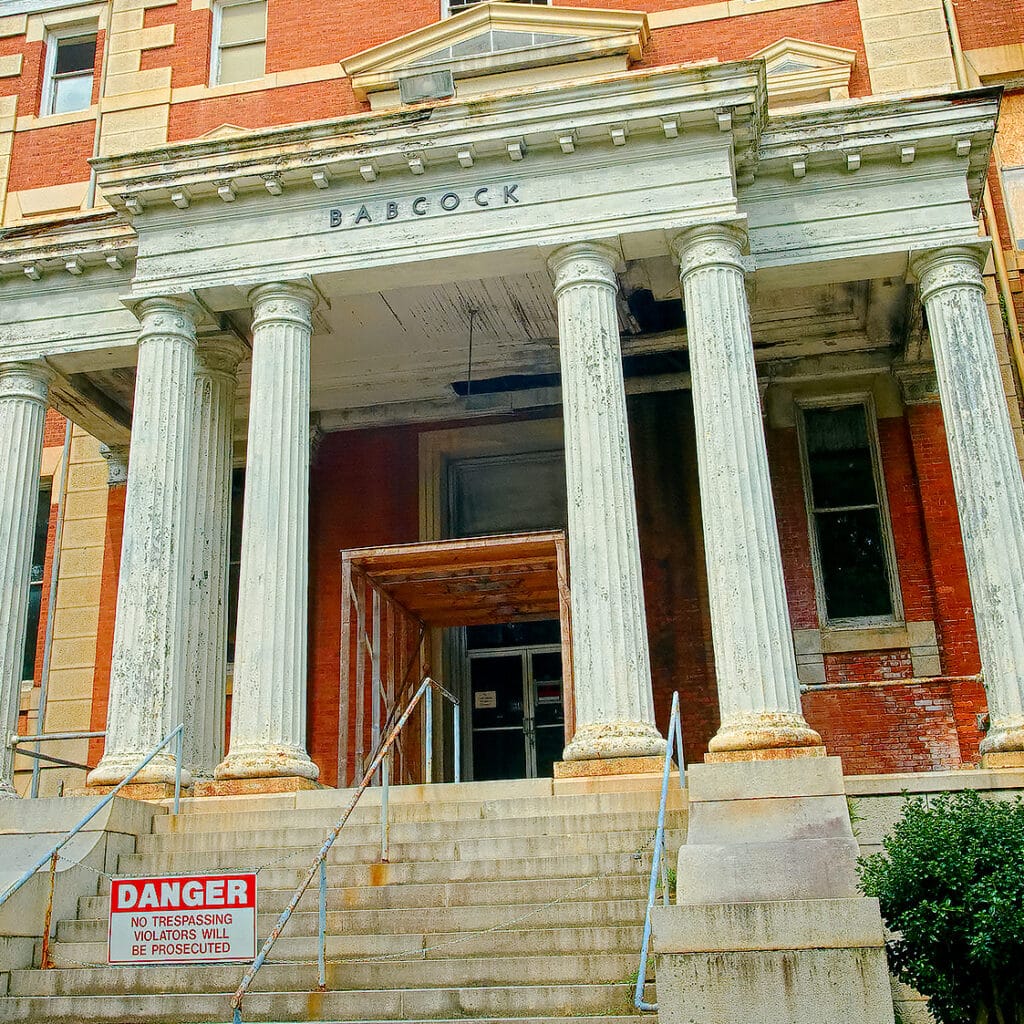Genesis of a New Era in Mental Health
Nestled in the heart of Columbia, South Carolina, lies a significant relic of American history – the South Carolina State Hospital. This institution was not merely a mental health facility but a pioneer, leading the way toward a more comprehensive understanding of mental health in the United States.
The hospital’s inception dates back to 1821, established as the South Carolina Lunatic Asylum, becoming one of the country’s earliest public mental health institutions. Its founding marked a pivotal moment in history, as it was only the second state-run mental hospital in the United States, following closely behind Virginia’s establishment.
The architectural design of the hospital’s initial building, the Mills Building, was a testament to the innovation of its time. Early American architect Robert Mills crafted a structure that boasted cutting-edge fire resistance and patient security measures.
The hospital initially welcomed only paying patients and the regional government covered the costs for those unable to afford care. The admission policy, however, was primarily exclusive to whites. Still, some African-Americans, including enslaved people, were admitted before a policy change in 1848 officially authorized their admission.
A Historical Monument with a Story to Tell
The South Carolina State Hospital does not merely stand as a monument to the progress of mental health care. Still, it is also a captivating tapestry of local and national history. Its walls witness many historical events that have shaped the nation’s trajectory.
One such event occurred in 1865 during the Civil War when the hospital premises served as a temporary prisoner-of-war camp, accommodating prisoners from the former Camp Sorghum.
With the turn of the 20th century, the hospital expanded both in physical capacity and the scope of its services. The original Mills building was enlarged, and new buildings were erected on the campus. 1892 the institution broadened its educational reach by opening a nursing school.

In 1896, it changed its name to the South Carolina State Hospital for the Insane, reflecting a broader understanding of mental health. Finally, a second campus was inaugurated north of Columbia in 1910 to manage overcapacity issues, marking another significant milestone in the hospital’s history.
Trials, Tribulations, and Transformation
Despite its vast role and importance, the South Carolina State Hospital was not immune to the challenges that often beset such large-scale public institutions. Throughout the 20th century, it grappled with numerous hurdles.
Underfunding and understaffing issues led to difficulties in providing adequate patient care. These challenges prompted a necessary transition of mental health care into community settings, a change that began as early as 1920.
Legal actions surrounding patient care and funding in the 1980s catalyzed a more focused effort to reduce the hospital population. By 1996, a consolidation effort had brought the two campuses together, with 410 beds.

Transition to Private Ownership
The dawn of the 21st century brought significant changes for the South Carolina State Hospital. By 2015, all of the property, also known as “Bull Street,” had been transferred to private ownership. This move signaled a new chapter in the hospital’s rich history.
The historic Mills building continued to function, housing the Department of Health & Environmental Control.
Despite a fire in September 2020 that partially destroyed the central Babcock Building, developers have proceeded with renovations to transform the site into apartments.

Current Status and Future Prospects
As of 2023, the South Carolina State Hospital remains a significant symbol of the past in Columbia, SC, reminding locals of the strides made in mental health care and the importance of preserving historical landmarks.
Its transformation into a modern urban development, while preserving its historical significance, is a testament to the city’s commitment to honoring its past while embracing the future.
Nestled within the dynamic BullStreet Campus, the historic Babcock Building has been meticulously converted into a collection of sumptuous studio, one-, two-, and three-bedroom apartments. Each apartment at The Babcock bears the imprint of the past yet brims with modern amenities that cater to today’s lifestyle.
The Babcock isn’t just about comfortable apartments but about creating a lifestyle. Inside the building, you’ll find several relaxing resident lounge areas, a game room, a yoga studio, and a business center. Step outside, and you’ll be greeted by over three acres of lush green space, mature trees, and various outdoor amenities.
The iconic building has been transformed into 208 stunning apartment homes, each bathed in natural light and boasting open-concept living spaces. In addition, the Babcock offers an urban lifestyle with a park-like setting, perfectly encapsulating the vibrant spirit of the BullStreet District.

you best not rent one of these apartments cuz that place is seriously haunted and I’m sure those apartments will be haunted as well and I can’t believe they decided to turn that building into apartments, I know they’ve heard about the stories of how badly that place is haunted and it’s probably really dangerous to be living there with all those spirits… oh no… not me!!!!!!!
Thanks for your comment. It’s fascinating to hear the different perspectives and stories tied to a place, and they definitely add an extra layer of intrigue.